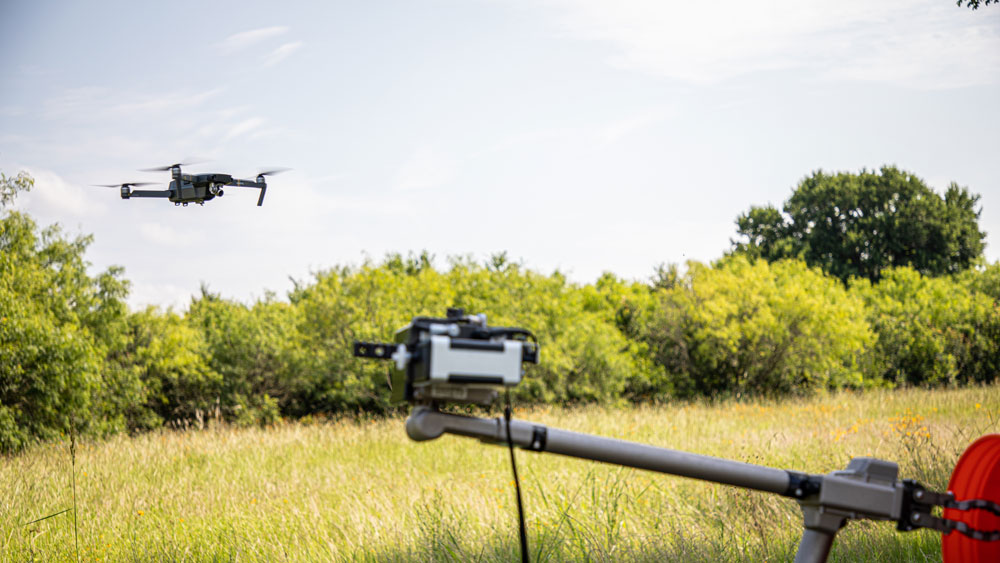
Dr. Robin Murphy, professor in the Department of Computer Science and Engineering at Texas A&M University, and her team from the Center for Robot-Assisted Search and Rescue were recently deployed to support Florida’s urban search and rescue efforts with drones and advanced wireless communications devices after Hurricane Ian made landfall in southwestern Florida as a Category 4 storm on Wednesday, Sept. 28.
Murphy and her graduate student Tom Manzini joined researchers from the Florida State University Center for Disaster Risk Policy (CDRP) and drone pilots from 10 agencies, including Miami-Dade Fire Rescue, Florida Department of Law Enforcement and Boone County, Missouri. In addition to drones, Murphy brought FirstNet wireless devices developed by Dr. Walt Magnussen’s group at the Texas A&M Internet2 Technology Evaluation Center.
Led by CDRP director David Merrick, the state emergency response team Florida Unmanned Aircraft System Team 1 is collecting, processing and managing large amounts of critical data collected by the drones as they fly critical missions to identify damage on Pine Island, Sanibel, Fort Meyers Beach, Boca Grande and the inland flooding in Wauchula. This data is being used to help incident command organize search and rescue missions, get to the citizens hit the hardest, arrange resources for residents and get a head start on recovery. The effort is expected to continue for another week.
“Data management is now as important as the drones themselves,” said Murphy. “In just the first four days, the teams collected nearly 800 gigabytes of images and video from 34 missions and 214 flights. Advances in computing, wireless communications and artificial intelligence are critical for getting the right information to the right people in time for them to make the right decisions for saving lives and speeding up economic recovery.”
Murphy and her team have deployed ground, aerial and marine robots to over 30 disasters in five countries, including Hurricanes Katrina (2005) and Harvey (2017).
In addition, Texas A&M Task Force 1 has been deployed by Texas Gov. Greg Abbott and the Federal Emergency Management Agency (FEMA) to assist with recovery efforts. Sponsored by the Texas A&M Engineering Extension Service, the task force is one of 28 federal teams under FEMA’s National Urban Search and Rescue System.